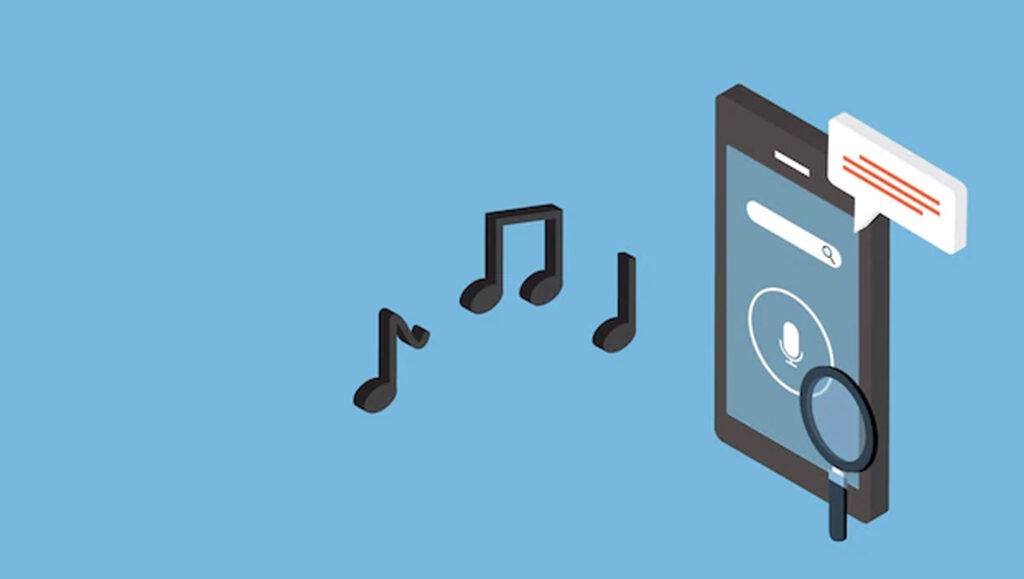
Future revenue opportunities for cars are over the life of the cars from over-the-air updates and subscriptions of different apps. The next generation automotive cockpit uses touchscreen displays as the primary interface. But it is difficult and unsafe to use your finger to accurately identify where to click the different apps on the screens while driving.
The best way for a driver to interact with in-car apps is by voice, but the challenge of this resides in the complexity of voice recognition. You may wish to look up directions with Google Maps, play a playlist from Spotify, or call your friend from your car all during a single driving session. So how does a driver safely and accurately navigate multiple apps while still remaining hands-free?
Read More: ServicePath Deepens Microsoft Partnership – ServicePath CPQ+ Now Available Through Microsoft…
IpLContent presents an in-car system for connected cars that quickly and accurately responds to a driver’s various requests. For example, each downloaded app features a specific voice recognition dictionary. When the user gives a command, the in-car system can respond by referencing the associated app with a corresponding voice recognition dictionary: Google Maps with road names, Spotify with song titles, iMessage with contact names, and so forth. This technology essentially acts as a central hub, directing oral requests to the corresponding app and dictionary.
For example, if this in-car system hears you say, “Play Adele’s ‘Someone Like You’,” it can recognize the request using the voice recognition dictionary for Spotify to access the song stored in the car. If the driver says, “Call Uncle Joe,” the system can recognize this as a request for iMessage and activate the app with the corresponding contact dictionary to call Uncle Joe.
Read More: SalesTechStar Interview with Kerry Cunningham, Research and Thought Leadership at 6sense
This technology is also applicable for images. For example, based on images captured by outside cameras, the in-car system can activate a driving app using an image dictionary for curbs, roads, and cars to notice when other cars are swerving too close, or when the driver is parking outside of a white line in an underground parking lot.
With these patents and more, IpLContent strives to provide innovative, market-driven ideas and user-friendly technologies.















